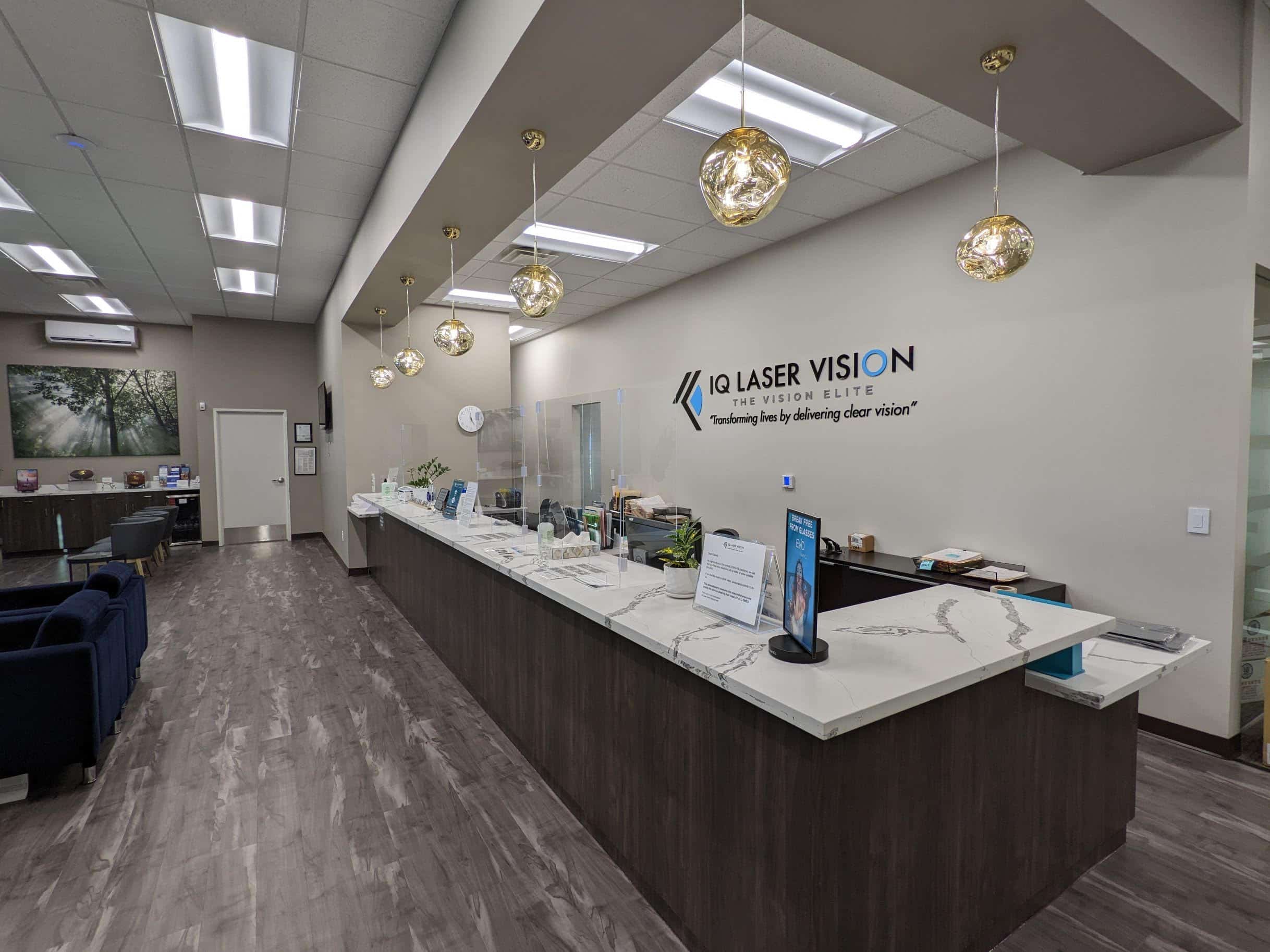When you’ve been providing laser eye surgery procedures for nearly two decades, you hear a lot of interesting questions. And as technological advances in ophthalmology increase, new procedures are gaining a following and raising a whole slew of questions. Thanks to social media and insta-fame, the word is spreading (along with a deep desire to stand out from the crowd). There’s nothing wrong with wanting to be different. The fact is that some of the new procedures aren’t all they’re hyped to be. They can even be downright dangerous. Such is the case with one of the latest trends: permanent eye color change surgery.
Cosmetic eye procedures like permanent eye color-change surgery have been gaining popularity of late. We’ve received many questions from people interested in modifying the color of their peepers. However, we don’t offer color-change procedures for some very good reasons that include a lack of FDA approval and high-rate of complications.
So what’s the deal with the trend of permanent eye color change surgery, and why can’t you find the procedure in the U.S.? Keep reading, because it could just save your vision.
The skinny on eye color
Eye color is determined by your genes. Brown, green and blue are the main eye colors, and there are a number of shades and hues within that, including grey and hazel. Brown is the most dominant color, and blue the most recessive, meaning that brown wins out the majority of the time.
Some color change occurs naturally. While our eye colors are determined by genetics. Babies are usually born with blue eyes that may darken over the first few years of their lives as light stimulates the production of melanin. After that, your color is pretty much set for life. Assuming you don’t get some risky procedure done that puts your vision in peril. However, some color change can occur due to illnesses. If eyes change from brown to green, or from blue to brown, it could indicate diseases like Horner’s syndrome, Fuchs heterochromic iridocyclitis, pigmentary glaucoma or iris melanoma. Any significant color changes should be immediately shared with your eye doctor.
The color-change surgery phenomenon
That said, there are two types of procedures that can achieve permanent eye color change. One utilizes silicone iris implants, and the other, a laser.
Silicon Iris Implants
- Silicon Iris Implants: This procedure was first developed using a metal implant as a way to amend iris-related abnormalities, like ocular albinism, in which a lack of pigment increases a person’s susceptibility to the harmful effects of the sun on the eyes. In the iris-implant surgery, colored implants are inserted into the iris to create the desired color. In the past, metallic iris implants were used. Though they were found to increase the risk of chronic inflammation, glaucoma, and cataracts. They’ve been replaced by silicone implants. And while the silicone implants seem to be better tolerated, they still carry the same risks. While the procedure is currently offered in the U.S. for medical purposes, it’s not FDA approved for cosmetic use. This fact has driven people eager to change their eye color to countries such as Latin America or Africa for the surgery. However, the still-experimental surgery puts patients at great risk because the surgeons may or may not follow proper standards. Besides that, a track record of complications following the surgery could put patients at risk for vision loss. Side effects may take years to develop or might be seen immediately following the surgery. And they may just be irreversible.
Laser
- Laser: A new laser procedure called Stroma is being clinically tested as a way of turning eyes from brown to blue. This laser is not related to the LASIK procedure at all. LASIKis FDA approved to change the shape of the cornea to help patients see better, and doesn’t affect eye color at all. It simply focuses on improving poor vision. However, the color-changing laser procedure Stroma has not yet been FDA approved for mass use. While the procedure seems simple enough, it’s already raising questions about the potential risks for causing more harm than good. Some of the potential risksthat have been brought up include ocular damage, inflammation from removing the naturally occurring pigment in the iris, greater sensitivity to light and glaucoma.
Neither surgery is approved for use in the U.S. for cosmetic purposes, leading many people to go overseas on a risky quest for their ideal eye color.
Check out part II to learn more about the dangers associated with eye color-change surgeries. Real-life stories of post-surgery complications, and tips for better ways to beautify your eyes.























